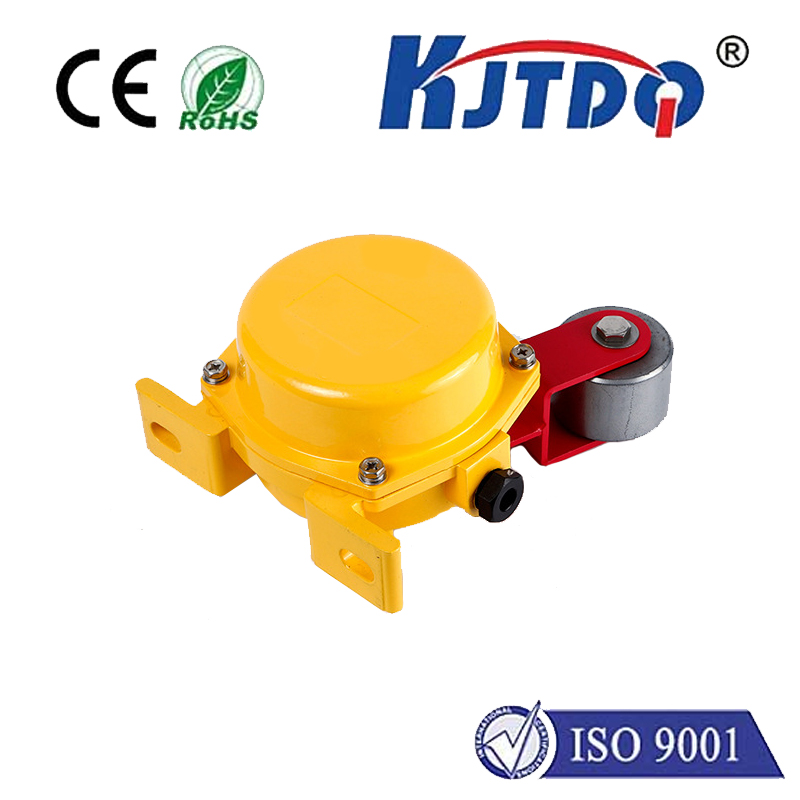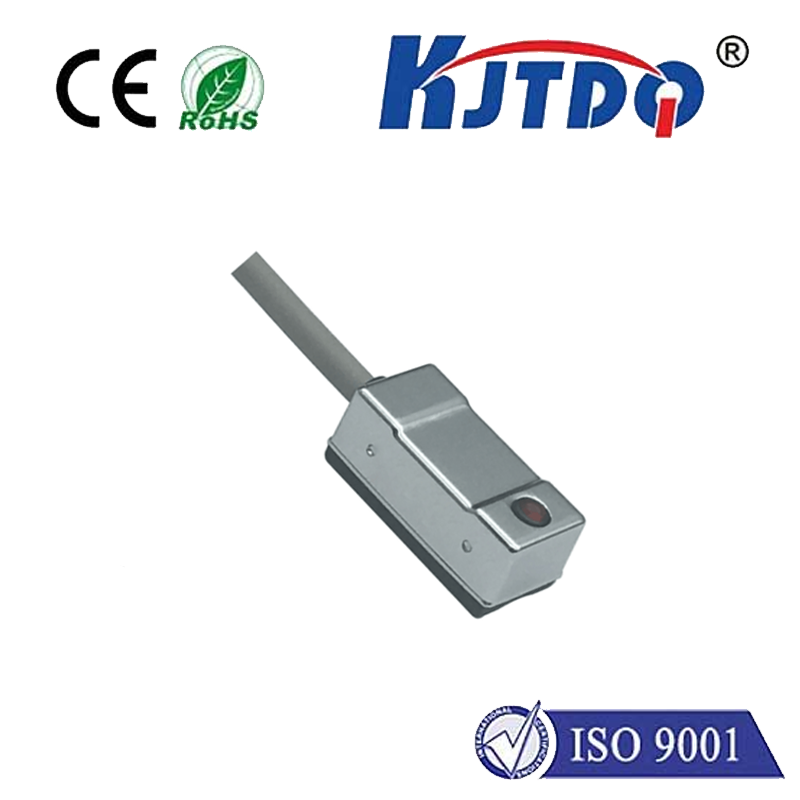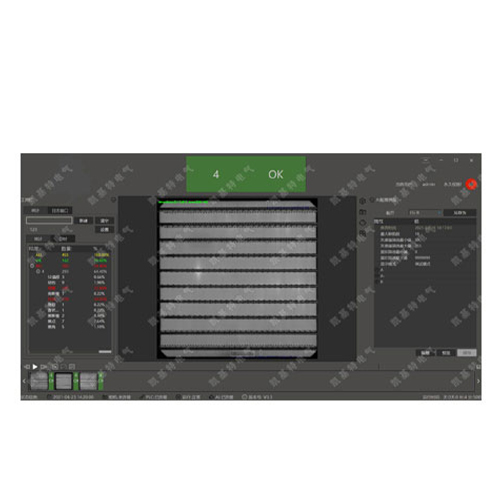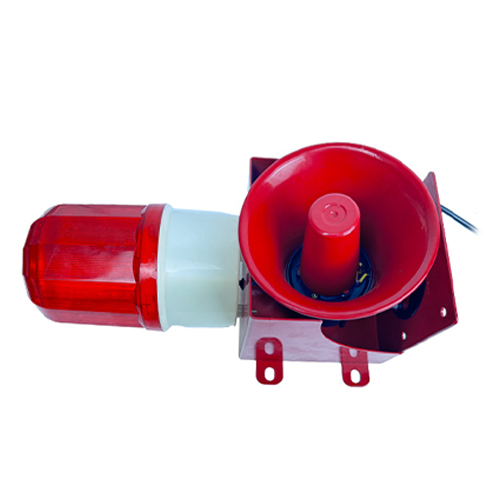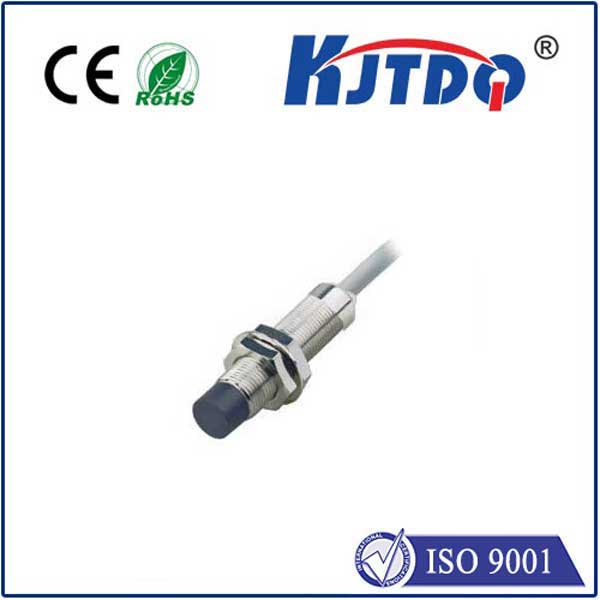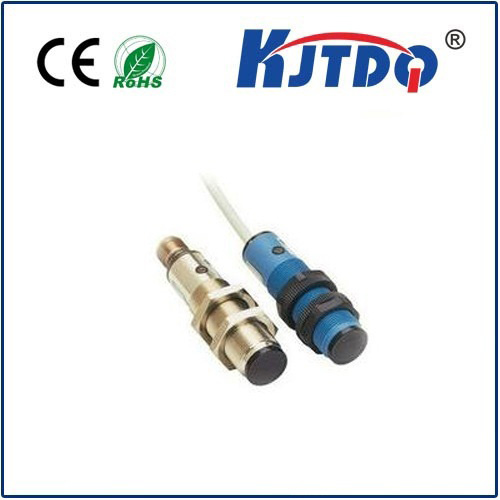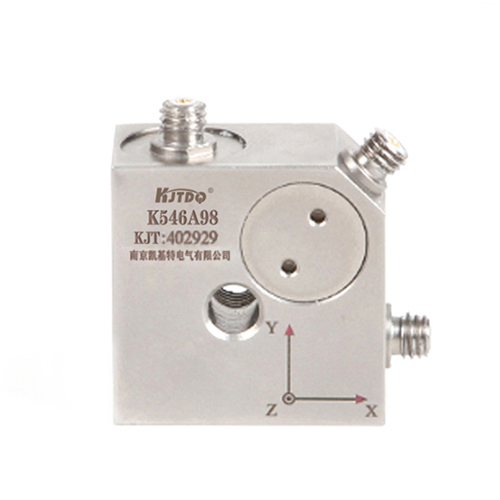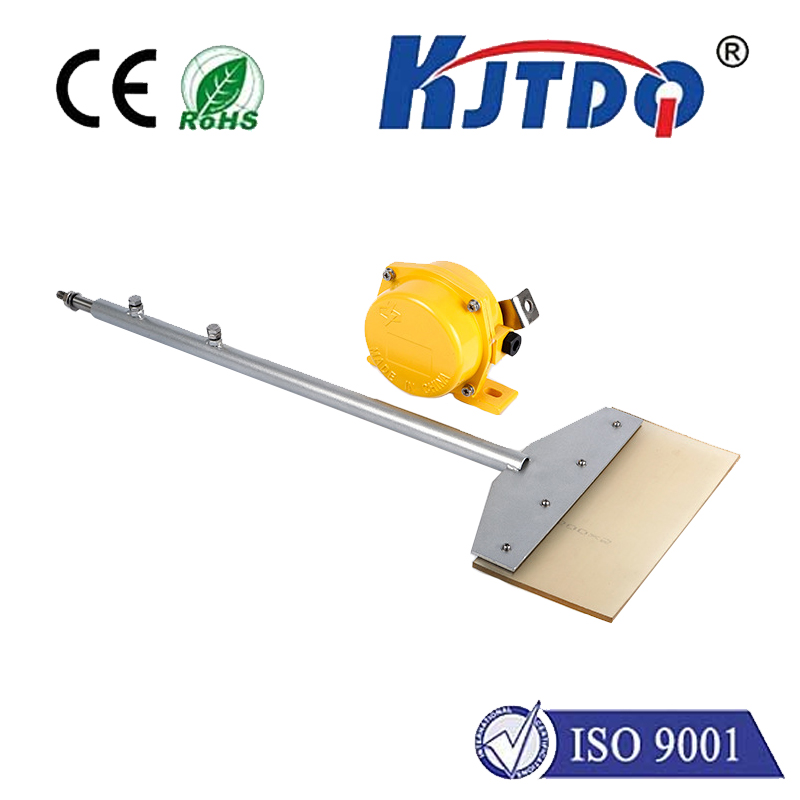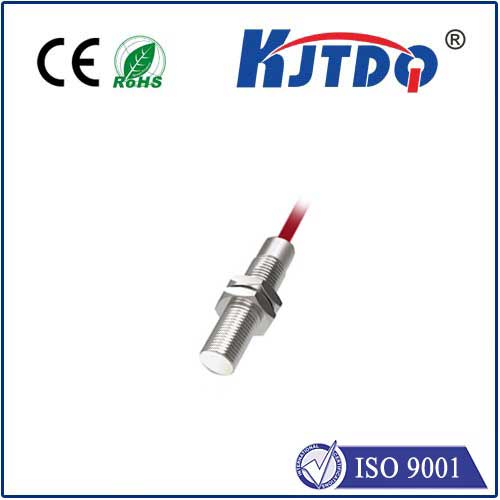

check

check

check

check

check

check

check

check

check

check
The development of technology has brought forth numerous innovations in various fields, ranging from medicine to transportation. One such breakthrough is the advent of inductive type proximity sensors, which have revolutionized the way we interact with our environment. This article will delve into the intricacies of these sensors, exploring their functionality, advantages, and future prospects.
Section 1: What Are Inductive Type Proximity Sensors?
Inductive type proximity sensors are electronic devices that detect a change in electrical conductivity within a nearby object or material. These sensors work based on the principle of induction, where a magnetic field induces an electric current in the sensing element. This current is then measured by the sensor's internal circuitry, which converts it into an output signal indicating the presence or absence of an object.
Section 2: Functionality and Capabilities
Inductive type proximity sensors are known for their high accuracy, precision, and sensitivity. They can detect objects as small as a few millimeters and have a range of several meters. These sensors are also highly versatile and can be used in a variety of applications, including robotics, automation, medical devices, security systems, and consumer electronics. Some popular examples of inductive type proximity sensors include infrared (IR) sensors, ultrasonic sensors, and capacitive sensors.
Section 3: Advantages over Other Types of Sensors
Compared to other types of sensors, inductive type proximity sensors have several distinct advantages. Firstly, they do not emit any electromagnetic radiation, making them safe for use around people and other sensitive equipment. Additionally, their low power consumption makes them highly efficient, reducing battery drain and extending battery life. Finally, their non-contact nature eliminates the need for physical contact between the sensor and the object being sensed, making them ideal for applications where hygiene or contamination concerns are present.
Section 4: Future Prospects and Applications
As technology continues to advance, the potential applications for inductive type proximity sensors are limitless. In the realm of healthcare, these sensors could be used to monitor patients' vital signs remotely or to detect the presence of harmful bacteria or viruses. In manufacturing, they could assist with quality control tasks or optimize production processes by detecting defects or anomalies in real-time. In the field of smart homes and cities, these sensors could be used to enhance safety measures by detecting intruders or predicting traffic patterns. Furthermore, as the demand for sustainable and eco-friendly solutions grows, inductive type proximity sensors could play a crucial role in creating more energy-efficient and environmentally friendly products and systems.
Conclusion: Inductive Type Proximity Sensors: Revolutionizing Technology and Everyday Life
In summary, inductive type proximity sensors are a game-changer in the world of technology, offering unparalleled accuracy, versatility, and efficiency. As researchers continue to push the boundaries of what is possible with these devices, we can expect to see even more innovative applications and advancements in the near future. So whether you are a tech expert or simply someone interested in the latest trends in technology, make sure to keep an eye out for the exciting developments happening in this exciting field!

